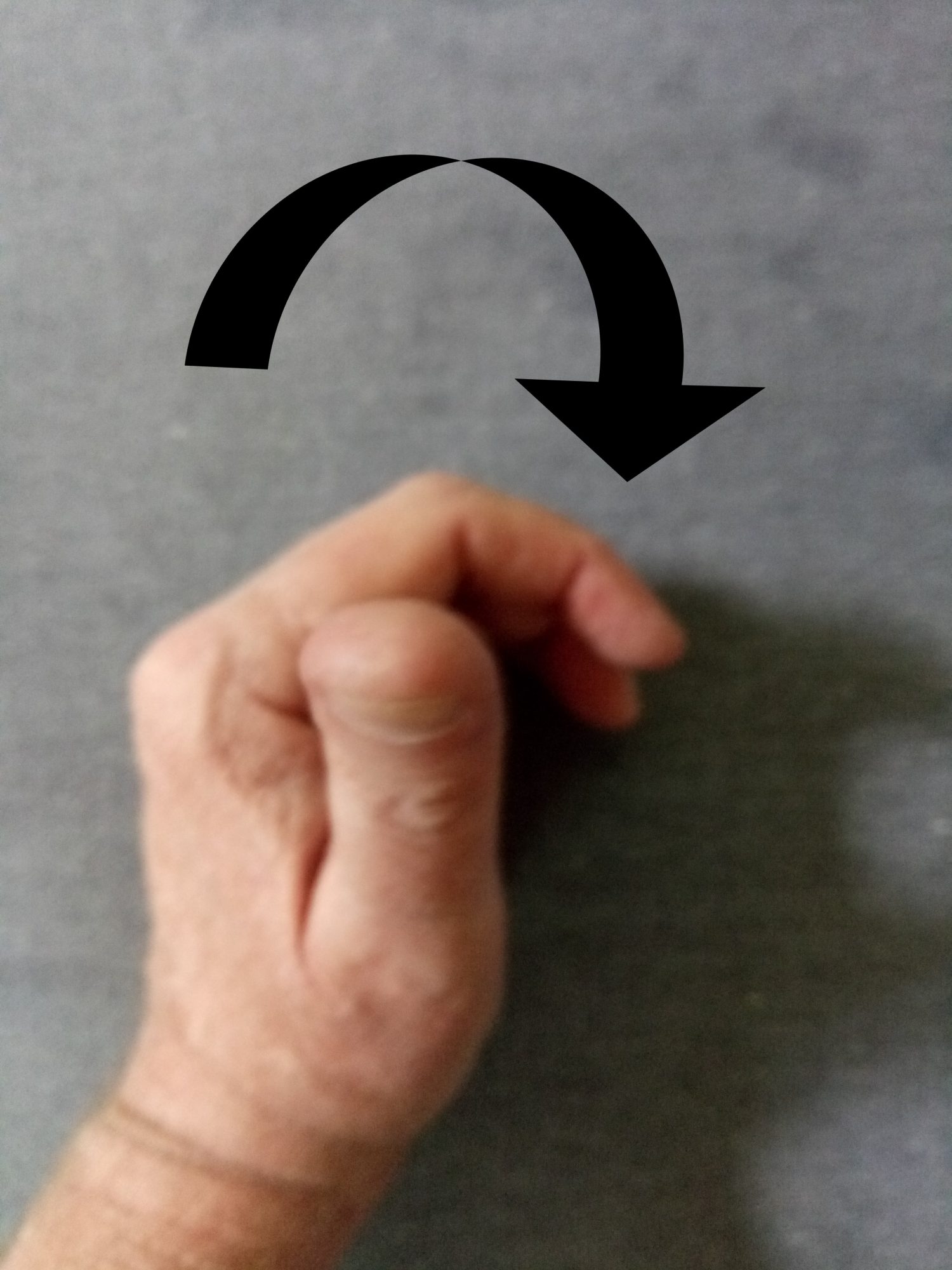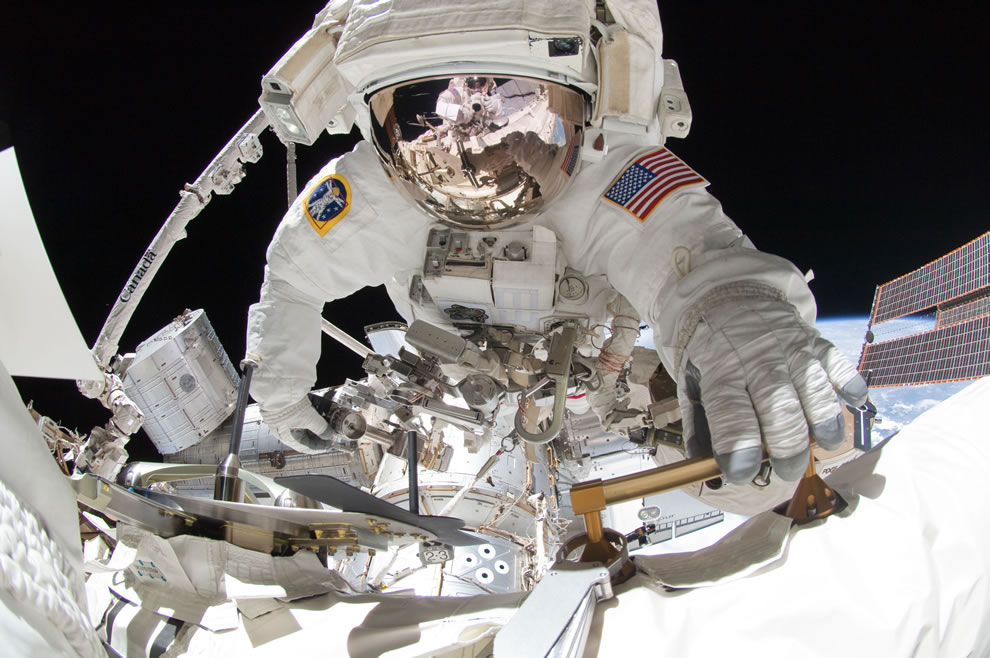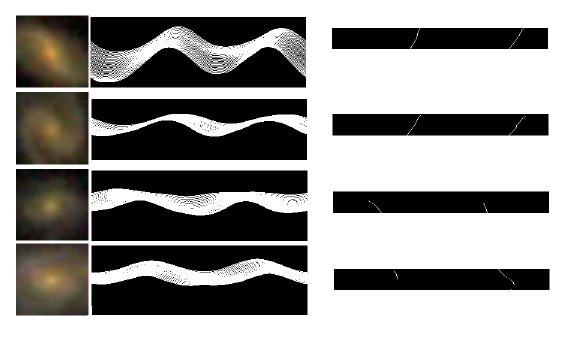We see examples of spin, angular rotations everyday in our lives, the spinning of a child’s top, the rotation of our car’s tires or the blades of a fan. How about the spin of the water as we flush the toilet or drain our bathwater?

Spin in astronomy is even more common. Not only does the Earth spin on its axis it also orbits around the Sun, another form of angular momentum. In fact all of the planets both spin on their axis and orbit around the Sun. Going further up the cosmic ladder the Sun orbits around the center of our galaxy, as do all of the other stars of the Milky Way, so that means that the entire galaxy has a rotation to it, a spin. In fact astronomers have studied clusters of thousands of galaxies and yes, the galaxies in the cluster orbit around the center of mass of the cluster as a whole.

Now remember that there are two kinds of rotation, clockwise and anticlockwise, also known as counterclockwise. Scientists prefer to think of the two spin states as right handed and left handed and here’s how to tell which is which. If you put your left hand in front of your face with the thumb pointed towards you the direction your fingers curl is clockwise, see image below, therefore clockwise is left handed.

Conversely the way your fingers curl on your right hand is anticlockwise; see image below, so anticlockwise is right handed. By the way if you point the thumb of your right hand parallel with the North Pole then the Earth rotates the way your fingers curl, the Earth’s spin is right handed. If fact the Earth’s orbit is also right handed, as is the spin of almost everything in our Solar System, our entire galaxy in fact.

Back in high school you may remember hearing that angular moment, that is spin, has to be conserved. That means if you try to start something spinning clockwise you’re also going to start something spinning anticlockwise! Usually we don’t notice this because when we spin a top clockwise the tiny amount of anticlockwise spin created is absorbed into the Earth and appears to vanish. The astronauts in space are well aware of this law of nature however. Anytime an astronaut on the Space Station tries to screw in a nut if they’re not careful they’ll start spinning in the other direction because of conservation of angular momentum.

Since anytime you try to generate one kind of spin you have to generate just as much of the other kind physics have always accepted the idea that the Universe in total had no spin. After all it was hard to imagine how the Universe could have begun with spin, and why it would have started with one kind rather than the other. That would mean then, that all of the many spins we see out there in the cosmos would cancel each other out, leaving the Universe as a whole without spin.

Of course assumptions like that have to be tested and the way to determine whether the Universe has any total spin or not would be to add up all of the spins of the various parts of the Universe, that is all of the galaxies, and see if they do actually cancel each other out. Now that’s a lot of work, there are tens of billions of galaxies that we know of, only a few hundred thousand of which have been studied to any degree.
Still, those few hundred thousand can serve as a sampling poll. That’s right the same mathematical techniques that the Gallop Poll uses to estimate which candidate the American people prefer for President can be used to estimate whether or not the Universe has spin. That is just what Lior Shamir, a computational astronomer at Kansas State University has done.

Using the data collected in the Sloan Digital Sky Survey (SDSS) Doctor Shamir identified more than 170,000 spiral galaxies whose direction of spin he could resolve. Adding in a further 32,000 similar galaxies from the Pan-STARRS survey for a total of more than 200,000 Dr. Shamir found that that the number of clockwise galaxies outnumbered the number of anticlockwise galaxies by a fraction more than 1%.
If you’re thinking that 1% isn’t that much, well for a sample size of 200,000 the odds of such an imbalance being randomly generated is almost one in 300,000 against. More than that, the further away a galaxy is, and hence the older it is, the more likely Dr. Shamir found it to be rotating clockwise indicating that the early Universe may have had a more uniform clockwise spin.
Dr. Shamir also found that the degree of the imbalance depended on which area in the sky you were observing with the greater number of extra clockwise galaxies concentrated along Earth’s poles. A finding that has allowed Dr. Shamir to actually identify a possible axis of rotation for the entire Universe.

Now to be honest, Dr. Shamir’s paper has yet to be published in a peer reviewed journal and even then it will be subjected to criticism and checking. The idea that the Universe as a whole spins clockwise would pretty much mean that the initial Big Bang must have had a tiny amount of spin to it.
How the Big Bang could have had spin, and how that would have effected the early Universe is just unknown at present.
